Housing Projects
Poverty is complex. And without a safe and stable place to live, the complexities are all the more insurmountable. LEO works to answer important research questions and build evidence that will reduce homelessness across the nation.
More than 580,000 people experience homelessness on any given night, and 1.42 million people pass through shelters every year. The Common Core of Data—using a broader definition of homelessness than traditional measures—reports that over 1.2 million K-12 students alone experience homelessness at some point each year.
These numbers have mostly decreased since national measurement began in earnest--between 2010 and 2016, homeless counts gathered through point-in-time estimates fell by 13%. However, these numbers have drifted upwards in counts since 2016—driven by large increases in homelessness in cities like New York, Los Angeles, Seattle, and San Francisco.
We know a lot about what works to address homelessness, but many questions still remain. How can we reduce homelessness specifically for families? How can we better work with families on the verge of homelessness, so they never have to experience it in the first place? How do we scale programs that have evidence of impact? What interventions are best suited for the many people who are experiencing homelessness in this country? What interventions produce the best return on investment?
We are working with partners across the United States to find answers to these questions and shed more light on how to reduce poverty through evidence-based programs and policies. Learn with us.
Projects
-

Cash Transfers and Rapid Re-housing
Abode Services | California
-

Diversion
Family Promise of West Michigan, Family Promise of Spokane, and the Lord’s Place | Washington
-

Heartland Human Care Services Bundled Rapid Re-Housing Program
Heartland Human Care Services of Heartland Alliance |
-

Homelessness Prevention
Santa Clara County Office of Supportive Housing | California
-

Homelessness Prevention Call Center
Catholic Charities Chicago | Illinois
-
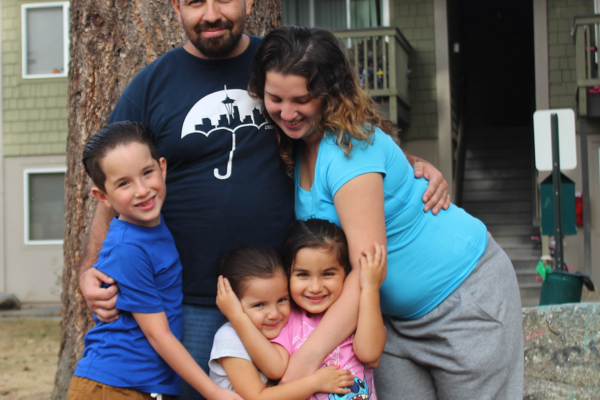
Homelessness Prevention - Mary's Place
Mary's Place | Washington
-

Homelessness Risk Assessment Tool
South Alamo Regional Alliance for the Homeless (SARAH) | Texas
-
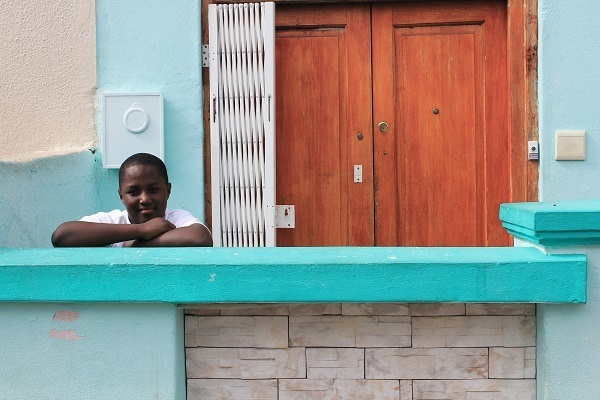
Housing Problem Solving Program
Santa Clara County Office of Supportive Housing | California
-
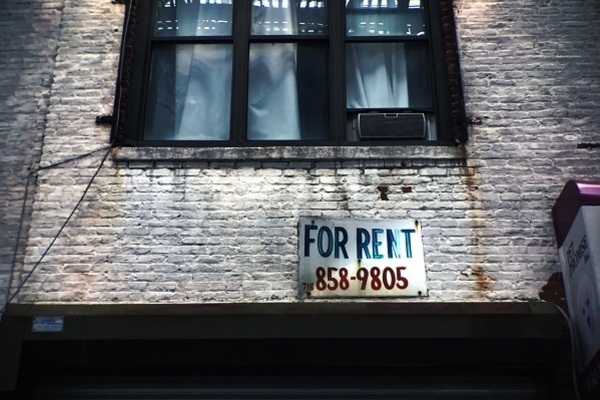
Landlord Responses to Housing Vouchers
| Dist. of Columbia
-

National Maternity Housing Coalition
National Maternity Housing Coalition |
-

Permanent Supportive Housing for Offenders
Corporation for Supportive Housing, Ohio | Ohio
-

Project Nightingale
Catholic Charities of the Diocese of Santa Rosa | California
-

Rapid Re-Housing Program
Santa Clara County Office of Supportive Housing | California
-

Recovery Housing
Ohio Recovery Housing; ARC Recovery Services; McKinley Hall; House of Hope; HOR Community Solution/Jewel's Gift; The Woodrow Project; I'm in Transition Ministries; New Housing Ohio; Road to Hope; Zepf Recovery Home; Lighthouse Sober Living | Ohio
-
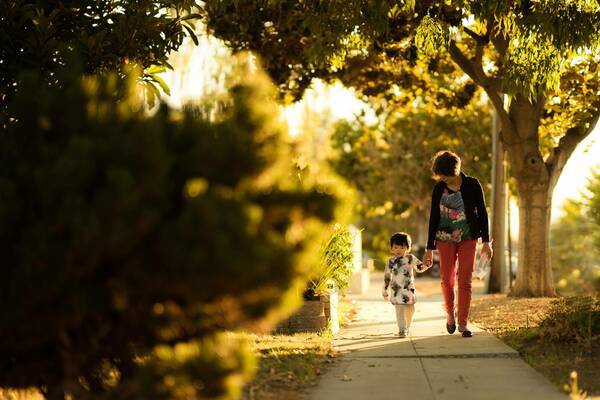
STEP Fund
1P.org Foundation |
-

Transitional-Aged Youth Retrospective Study
Lutheran Social Services of Northern California (LSS) | California
-
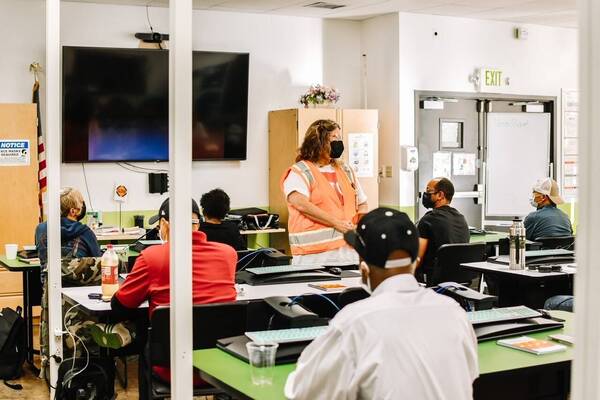
Transportation Access Programs
Seattle Department of Transportation |
-

Waiting Time for Public Housing Units and Vouchers
| Washington
-

Youth and Family Homelessness Prevention Initiative
King County Department of Community and Human Services | Washington
